2016 Tata Bolt BEV review, test drive
The Bolt BEV is not a car you can buy. It’s a sneak peek into Tata Motors’ EV future. Hormazd Sorabjee finds out how advanced it is.
Published on Dec 10, 2016 08:00:00 AM
62,489 Views
Follow us on
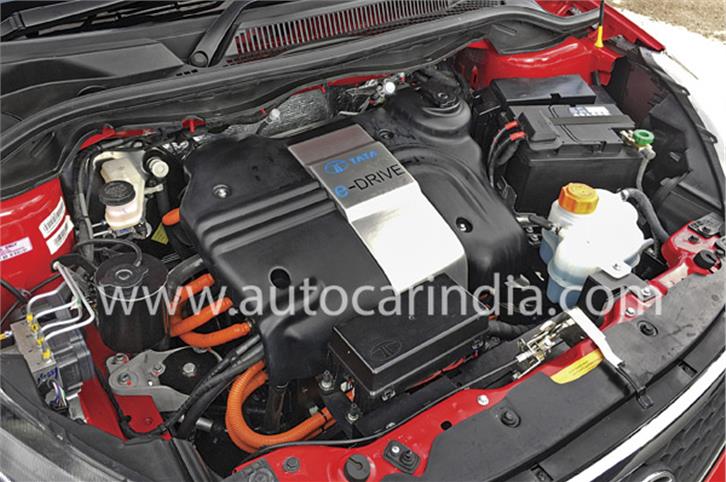
109hp motor fits comfortably in the engine bay and delivers a smooth drive.

Fuel filler replaced with charging socket.
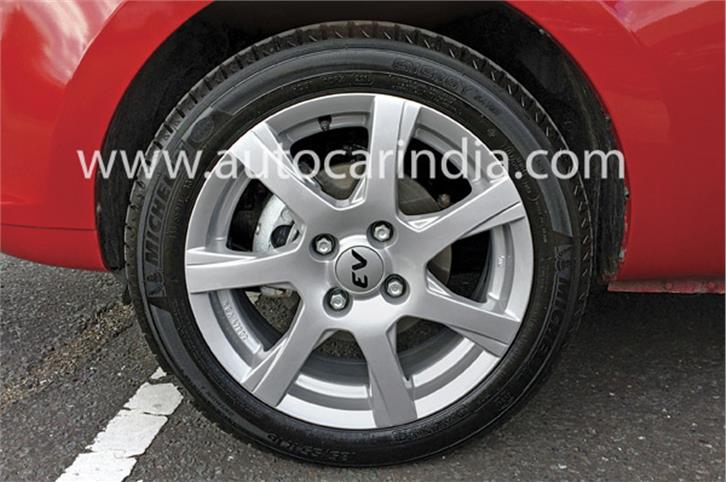
Low-rolling resistance tyres help range.
Power-packed
Inside, the Bolt BEV is again just like the regular Bolt – the only big difference is that a rotary controller has replaced the gear lever. The tachometer gives way to a power meter that tells you how much power the driver is using, and the recharging effectiveness of the regenerative braking. Remember that since this is a prototype that hasn’t gone through the validations for commercial production yet; there’s a red safety cut-off switch that shuts off the high-voltage electrics if required.
A 109hp electric motor drives the Bolt BEV via a single-speed transmission. It’s not as powerful or light as the Revotron turbo-petrol, but judging an electric car by its power-to-weight ratio can be quite misleading. TMETC claims, the Bolt BEV is the most exciting Tata car to drive and, for the first 100 metres that I drove, I couldn’t agree more.
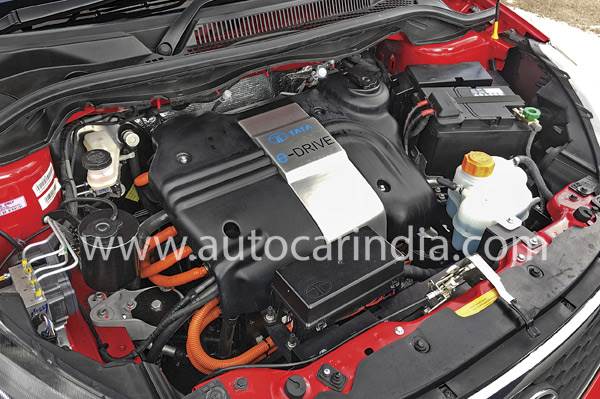
An EV’s best trick is the instant response it has from the get-go. Press down on the accelerator and the Bolt lives up to its name and literally bolts forward. That it does it so silently and effortlessly makes it hard to believe I’m driving a Bolt. There’s no turbo-lag, no diesel drone, no rubbery gearshift to contend with, nothing. All the things we complained about in the regular Bolt are gone in a flash and have been replaced by a quiet, strong and linear thrust of electrical power.
The beauty about electrical motors is that they dish out max power and torque from the instant you prod the accelerator pedal. It’s the immediate max torque – 160Nm – from the first rpm that gives the Bolt ample pace to smartly dart into roundabouts or accelerate from a red light without you wishing for more power.
The instant torque makes electric vehicles shine in dense stop-start traffic conditions. But even on country roads around TMETC, the Bolt didn’t feel outside its comfort zone. On British A-roads and motorways, it gamely kept pace with the flow of traffic with refreshing ease. The effortlessness with which the Bolt BEV glides through the English countryside is accentuated by the silence of the powertrain. All you hear is the faint hum from the motor and a bit of road noise.
The Bolt’s ride and handling have always impressed us. The BEV version felt even better, thanks to a front end that doesn’t feel as nose-heavy (because of the lighter motor), coupled with a superbly calibrated electrically assisted steering. The BEV feels distinctly better balanced and more planted over crests, undulations and corners, despite being heavier than the regular Bolt. The ride, however, is a bit firm and the Bolt has lost a bit of its supple edge with the move to lower profile tyres and a stiffer rear suspension.
Copyright (c) Autocar India. All rights reserved.


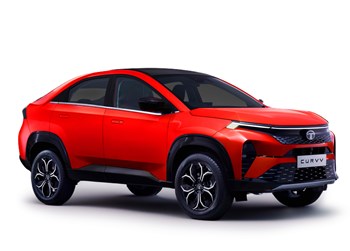
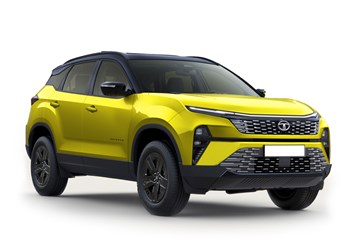
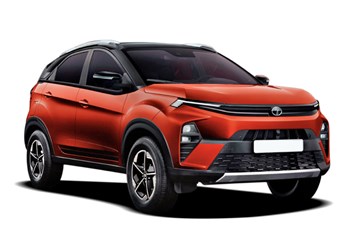

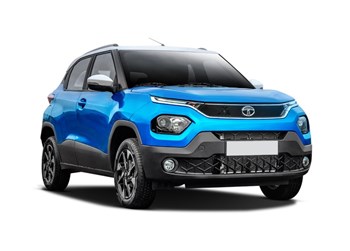

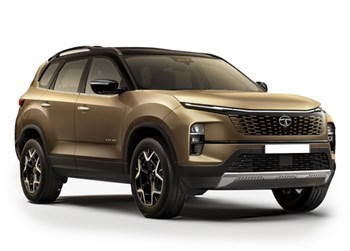

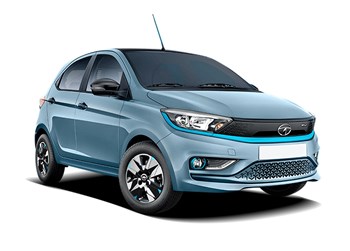

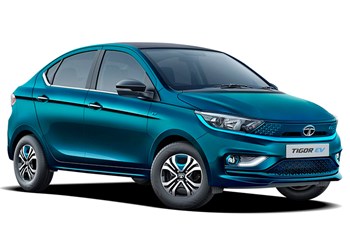


Comments
Member Login
Personal Details
No comments yet. Be the first to comment.